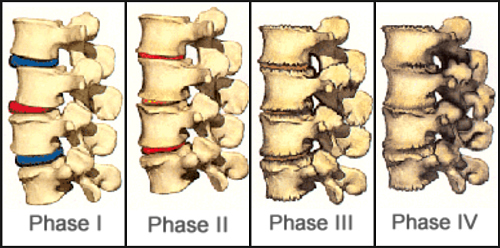Chiropractic has provided effective relief to millions of individuals suffering from back and neck ailments. Chiropractic has also provided relief from many other musculoskeletal complaints ranging from knee and ankle problems to carpal tunnel syndrome and tennis elbow. In fact, musculoskeletal pain or discomfort in any area of the spine or extremity is a candidate for safe, natural, noninvasive chiropractic care. If a condition exists which is better suited for treatment by a medical specialist, chiropractors are fully trained to identify such conditions and make the appropriate referral. However, most patients suffering from musculoskeletal complaints can and are successfully treated with chiropractic every single day.
Common musculoskeletal conditions treated:
- low back pain and stiffness
- neck and upper back pain and stiffness
- mid back pain and stiffness
- headaches and migraines
- leg pain, weakness, numbness and tingling
- arm pain, weakness, numbness and tingling
- extremity joint pain and dysfunction
- carpal tunnel syndrome

